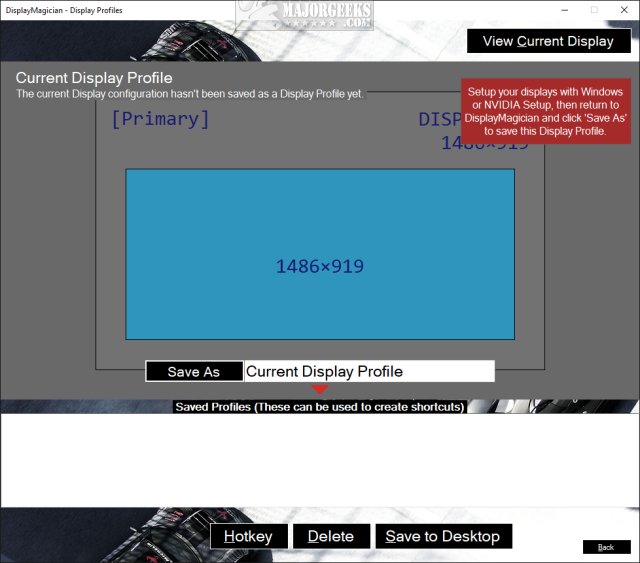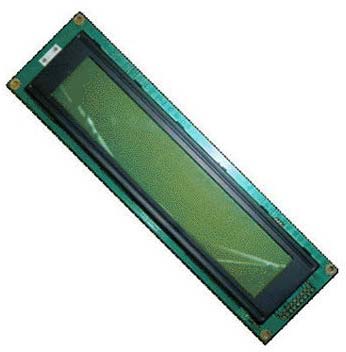
Many of the operations in the menus above can also be done by adding an option in the command line. For example, if I'm displaying a directory of digital images that are larger than my screen size, rather than resizing them individually after they appear on my screen, I can specify: display -resize 50% *.JPG In my Fedora, Browse Documentation took me nowhere.Īlthough display's GUI interface provides a reasonably competent image editor, ImageMagick also provides 89 command-line options, many of which correspond to the menu items above. Overview gives a lot of basic information about display and includes a large number of built-in keyboard equivalents for various commands and operations. Help shows Overview, Browse Documentation, and About Display.Show Preview seems interesting, but I struggled to get it to work. Miscellany offers Image Info, Zoom Image, Show Preview, Show Histogram, Show Matte, Background, Slide Show, and Preferences.Region of Interest allows you to select an area to apply editing press Esc to deselect the region.

Launch will open the current image in GIMP (in my Fedora at least). Image Edit contains Annotate, Draw, Color, Matte, Composite, Add Border, Add Frame, Comment, Launch, and Region of Interest.F/X options are Solarize, Sepia Tone, Swirl, Implode, Vignette, Wave, Oil Paint, and Charcoal Draw, also very common effects in image editors.These are fairly standard image editing effects. Effects has Despeckle, Emboss, Reduce Noise, Add Noise, Sharpen, Blur, Threshold, Edge Detect, Spread, Shade, Raise, and Segment.These are operations for color manipulation and adjusting brightness and contrast. Enhance provides Hue, Saturation, Brightness, Gamma, Spiff, Dull, Contrast Stretch, Sigmoidal Contrast, Normalize, Equalize, Negate, Grayscale, Map, and Quantize.The best way to learn how these features work is to play with them, rather than reading about them. Chop uses a click-drag operation to cut out a vertical or horizontal section of the image, pasting the edges together. Transform shows Crop, Chop, Flop, Flip, Rotate Right, Rotate Left, Rotate, Shear, Roll, and Trim Edges.Resize brings up a dialog to name a specific size either in pixels, with or without constrained dimensions, or a percentage. These are mostly self-explanatory and, unless you save the image after applying one of them, the image file isn't changed. View has Half Size, Original Size, Double Size, Resize, Apply, Refresh, and Restore.Undo is especially useful when you're playing around with different edits to see what they do. Edit offers Undo, Redo, Cut, Copy, and Paste, which are just auxiliary commands to more specific editing process.If you want to scroll through all the selected images, you can use Next and Former, but it's easier to use their keyboard shortcuts (Spacebar for the next image and Backspace for the previous). Select picks a specific image file to display, Visual Directory shows all of the files (not just the images) in the current working directory. File contains the options Open, Next, Former, Select, Save, Print, Delete, New, Visual Directory, and Quit.Here's what you'll find in the display menu: Left-clicking on an image brings up a simple, standalone menu (the only GUI feature you'll see in ImageMagick). This will load your JPG files sequentially in alphanumeric order, one at a time in a simple window. Start display with the following command: cd Pictures Say you have a directory with a lot of images you want to look at. Let's start with the command Scott mentioned: display. This introduction to common ImageMagick commands should get you started. But an even bigger benefit is that it allows you to set up methods to edit a large number of images in a particular way.

For one thing, it is rock-solid dependable.


With a number of excellent image editors available, you may be wondering why someone would choose a mainly non-GUI, command-line based program like ImageMagick. This tutorial will explain more about using the display command and other command-line utilities in ImageMagick. ImageMagick is not merely an image viewer-it offers a large number of utilities and options for image editing. In a recent article about lightweight image viewers, author Scott Nesbitt mentioned display, one of the components in ImageMagick.


 0 kommentar(er)
0 kommentar(er)
